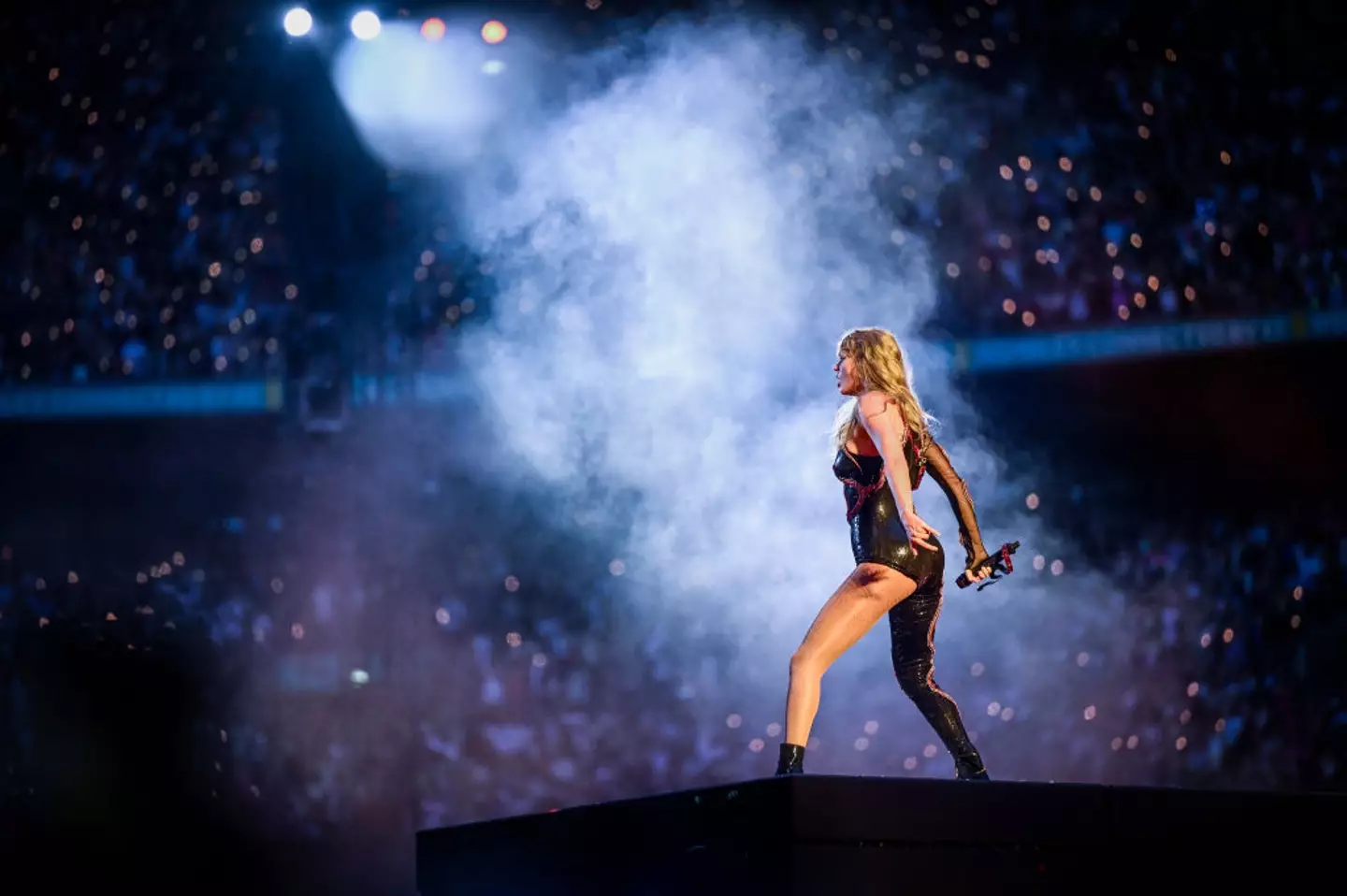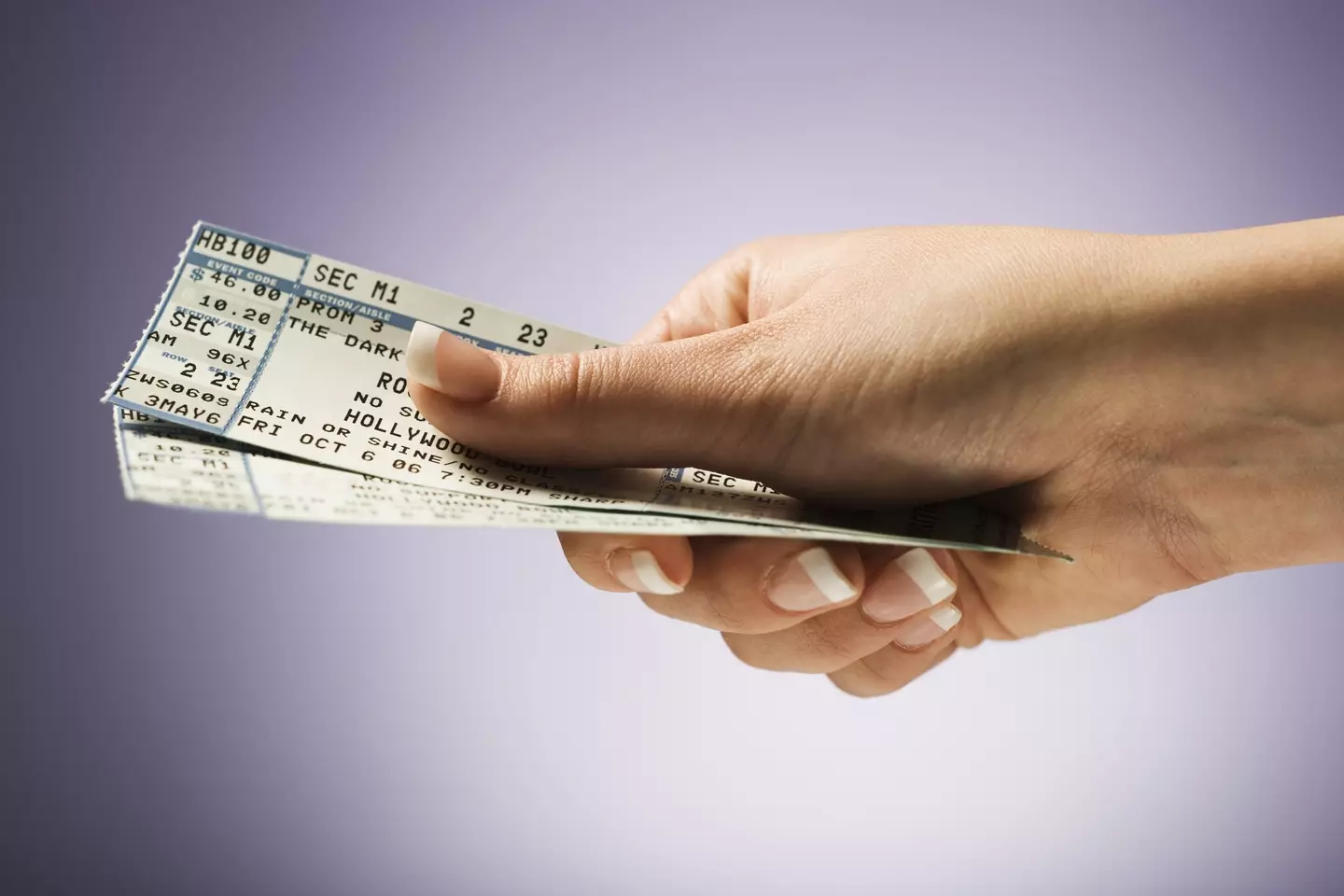Many concertgoers have found themselves on the sharp end of ‘dynamic pricing’
The announcement of Oasis’ reunion tour has poured oil on mounting anger over the price of concert tickets.
Fans who braved the hours-long queue for tickets to the Gallagher brothers’ reunion found themselves hit by ‘dynamic pricing’.
For those who don’t know, ‘dynamic pricing’ is corporate jargon for ‘putting the price up because we can’.
When there is a rise in demand for tickets to a particular event, like the Oasis reunion, then the prices will go up in real time to take advantage of the surge.
It’s no secret that Ticketmaster has a massive monopoly on the sale of tickets.
Many fans find themselves paying an increasing number of extra charges for their ticket.
In fact things got so bad that the US Justice Department announced in May that it would be lodging a suit to break up Live Nation Entertainment and its unit Ticketmaster amid concerns about competition laws.

Attorney General Merrick Garland said: “Ticketmaster can impose a seemingly endless list of fees on fans. These include ticketing fees, service fees, convenience fees, platinum fees, price master fees, per order fees, handling fees and payment processing fees.”
But just where so all these fees go?
The BBC has broken down precisely where the money goes on a ticket costing £150, or around $200, for an arena tour.
Of this, £93.60 ($125.15), which comes up as 62.4 percent of the total, goes directly to the artist.
This is then subdivided to pay tour expenses like transport, crew, security, and all that side of things before the artist themselves takes their cut.
In the UK the next largest part is VAT, which is £25 in the UK, that’s $33.43 or 16.6 percent (16 and a third to be precise).

Following that, you have the bane of many a music lover – ticket fees.
These come to £16.50, that’s $22.06 and 11 percent of the total.
Then you have the promoter, the business that organises and markets the tour.
They take £10.40, or $13.91, which is just over 6.9 percent of the ticket price.
Finally you have the performance royalties for the songs, which can go back to the artist if they are performing their own material.
This is around £4.50, or $6.02, which comes to three percent of the ticket price.
One notable absence that some people may have noticed is that of the venue.
While stadium shows such as Taylor Swift’s Eras Tour can bring in huge amounts of money, it’s a different story for smaller venues.
Many smaller venues are finding themselves increasingly squeezed, which could deprive up and coming or alternative artists of the spaces they need to perform.